Effective Waterproofing Solutions
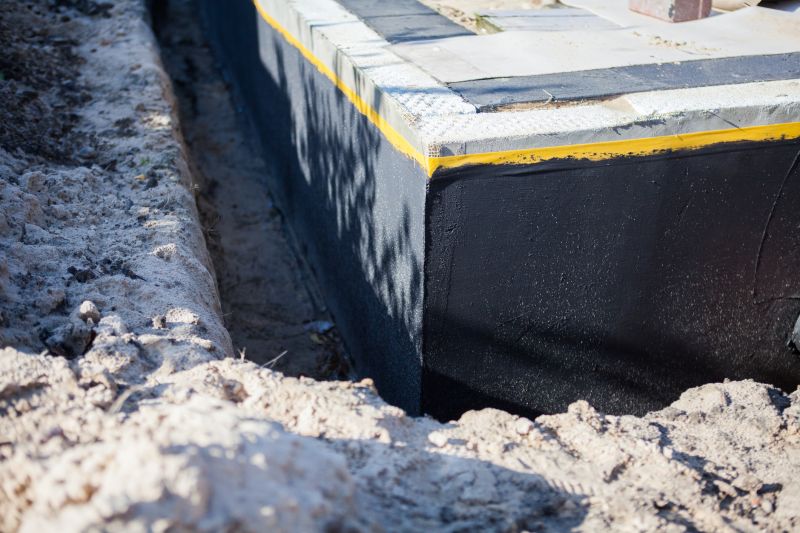
Spring offers moderate weather conditions ideal for waterproofing projects, ensuring proper adhesion and curing.
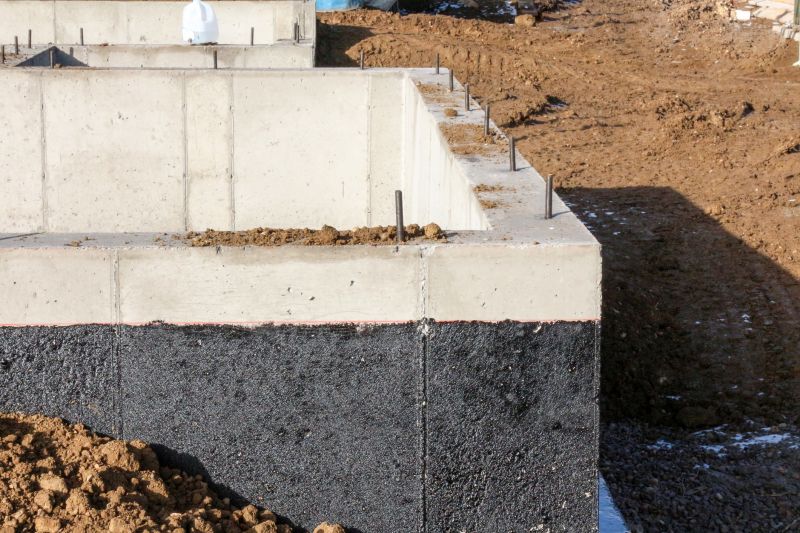
Warm temperatures and dry conditions facilitate effective application and drying of waterproofing materials.
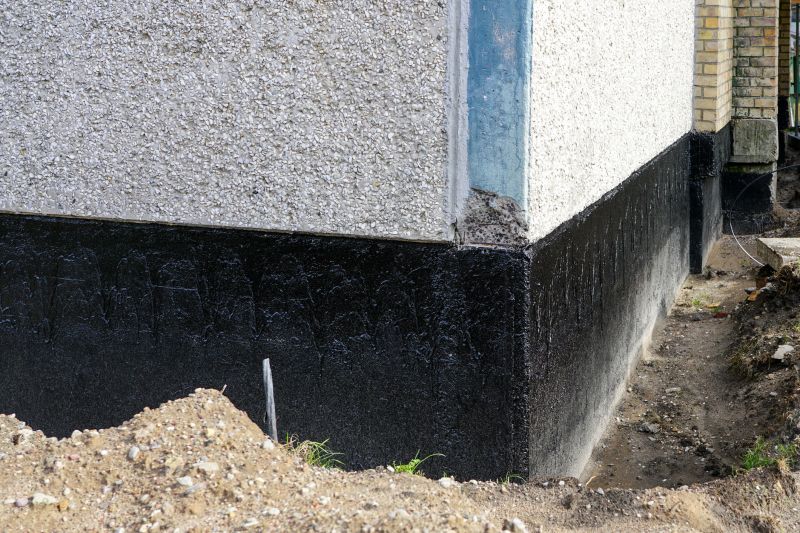
Fall provides cooler temperatures and less humidity, making it suitable for waterproofing before winter.
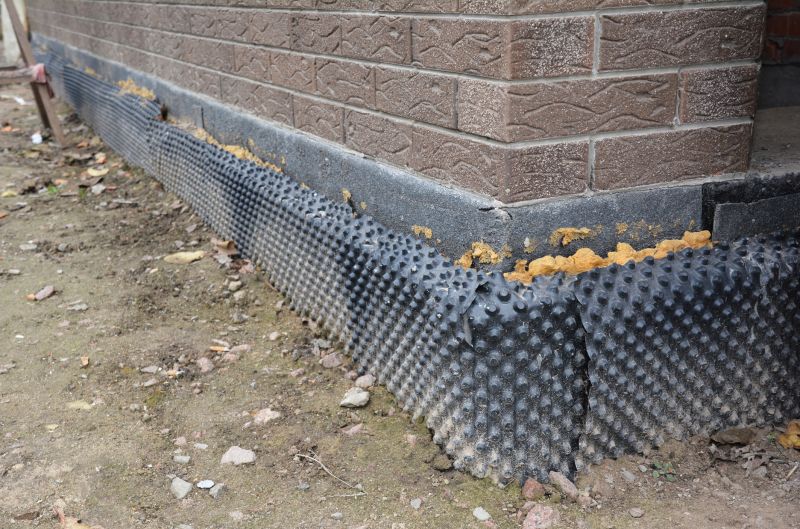
Winter's cold and moisture can hinder waterproofing efforts, leading to poor adhesion and potential damage.
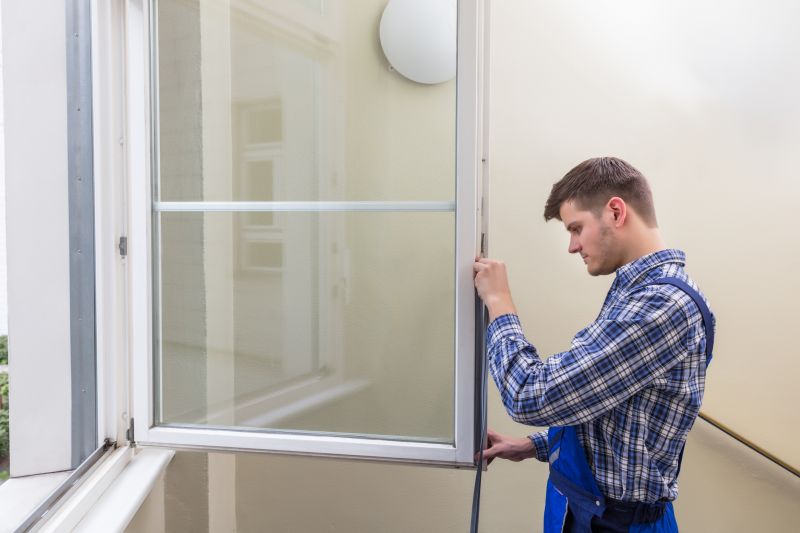
The best seasons for waterproofing are spring, summer, and early fall, when weather conditions are most favorable.
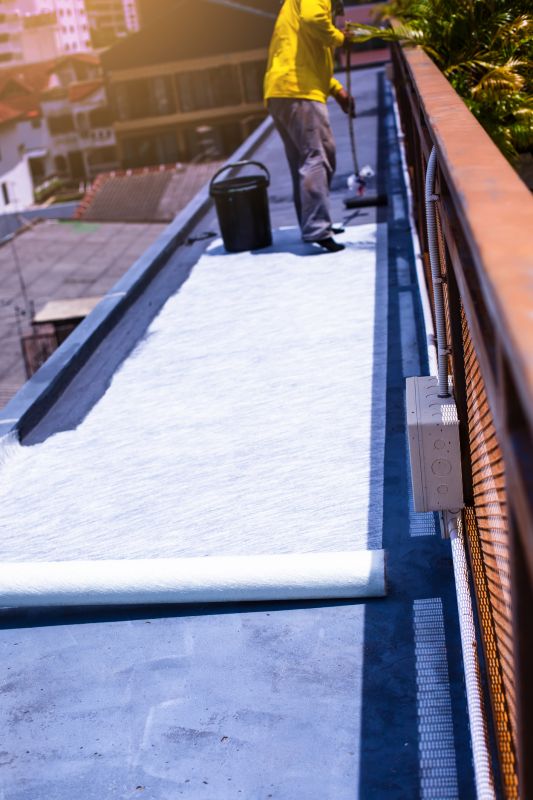
Avoid waterproofing during rain, snow, or freezing temperatures to ensure durability and effectiveness.

Ways to make Waterproofings work in tight or awkward layouts.

Popular materials for Waterproofings and why they hold up over time.

Simple add-ons that improve Waterproofings without blowing the budget.
Waterproofings are essential for protecting structures from water intrusion, which can lead to structural damage, mold growth, and reduced lifespan of building materials. Proper waterproofing involves applying specialized membranes, sealants, or coatings that prevent water penetration. Statistics indicate that effective waterproofing can extend the life of a building by decades and reduce maintenance costs significantly. It is a critical component in building design, especially in areas prone to heavy rainfall or high humidity.
The timing of waterproofing projects greatly influences their success. Applying waterproofing materials during optimal weather conditions ensures proper adhesion and curing. Inadequate timing can result in failed applications, leading to costly repairs and structural issues. Understanding seasonal variations and weather patterns helps determine the most suitable periods for waterproofing efforts, thereby enhancing durability and performance.

Proper application techniques are vital for ensuring waterproofing effectiveness.

Foundations require waterproofing to prevent water ingress and structural weakening.

Roofs are a common area for waterproofing to prevent leaks and water damage.

Basements benefit from waterproofing to avoid moisture buildup and mold issues.

Various materials like membranes, coatings, and sealants are used depending on the application.

Effective drainage complements waterproofing efforts by directing water away from structures.
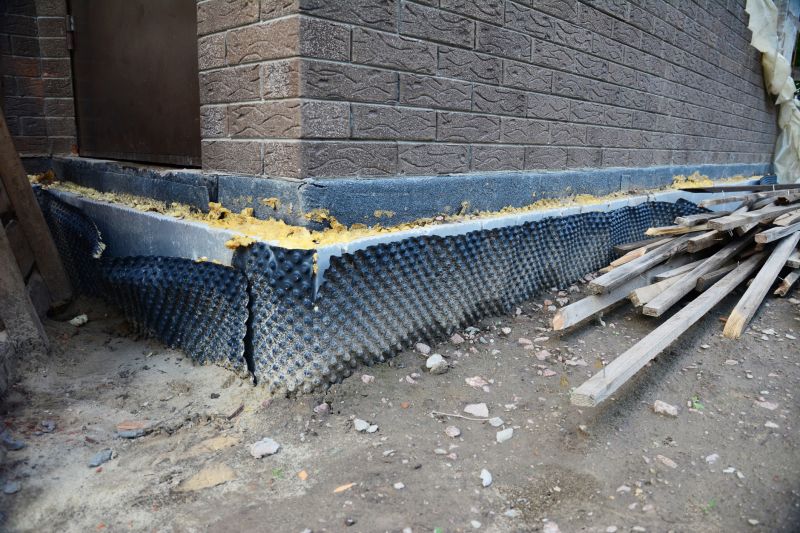
Regular inspection ensures waterproofing remains effective over time.
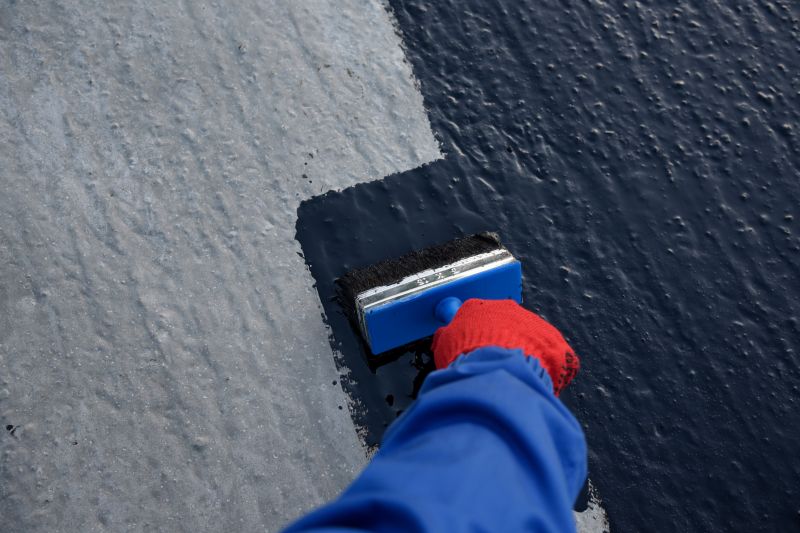
Advanced techniques enhance water resistance in challenging environments.
| Season | Ideal Conditions |
|---|---|
| Spring | Moderate temperatures, low humidity |
| Summer | Warm, dry weather |
| Fall | Cooler temperatures, less rain |
| Winter | Cold, freezing temperatures, high moisture |
High-end options that actually feel worth it for Waterproofings.
Finishes and colors that play nicely with Waterproofings.
Little measurements that prevent headaches on Waterproofings day.

